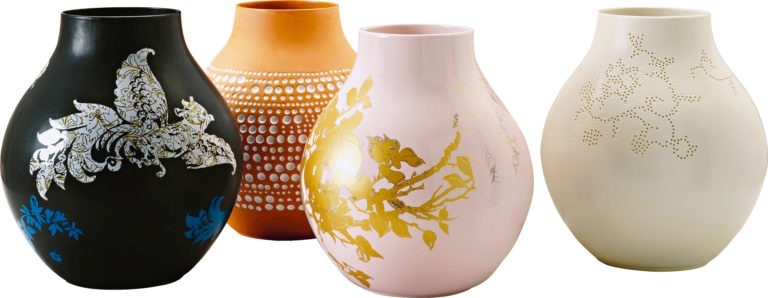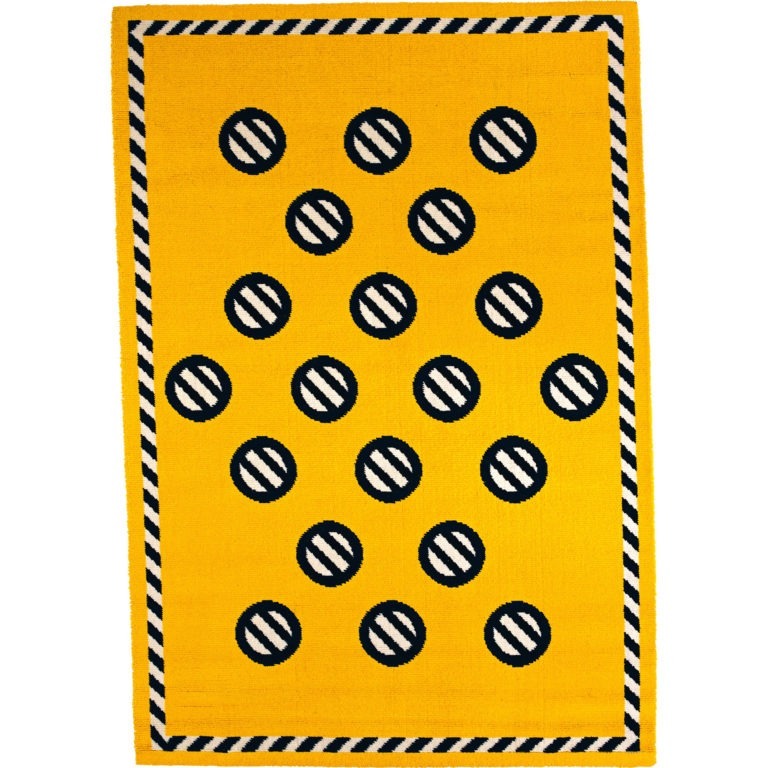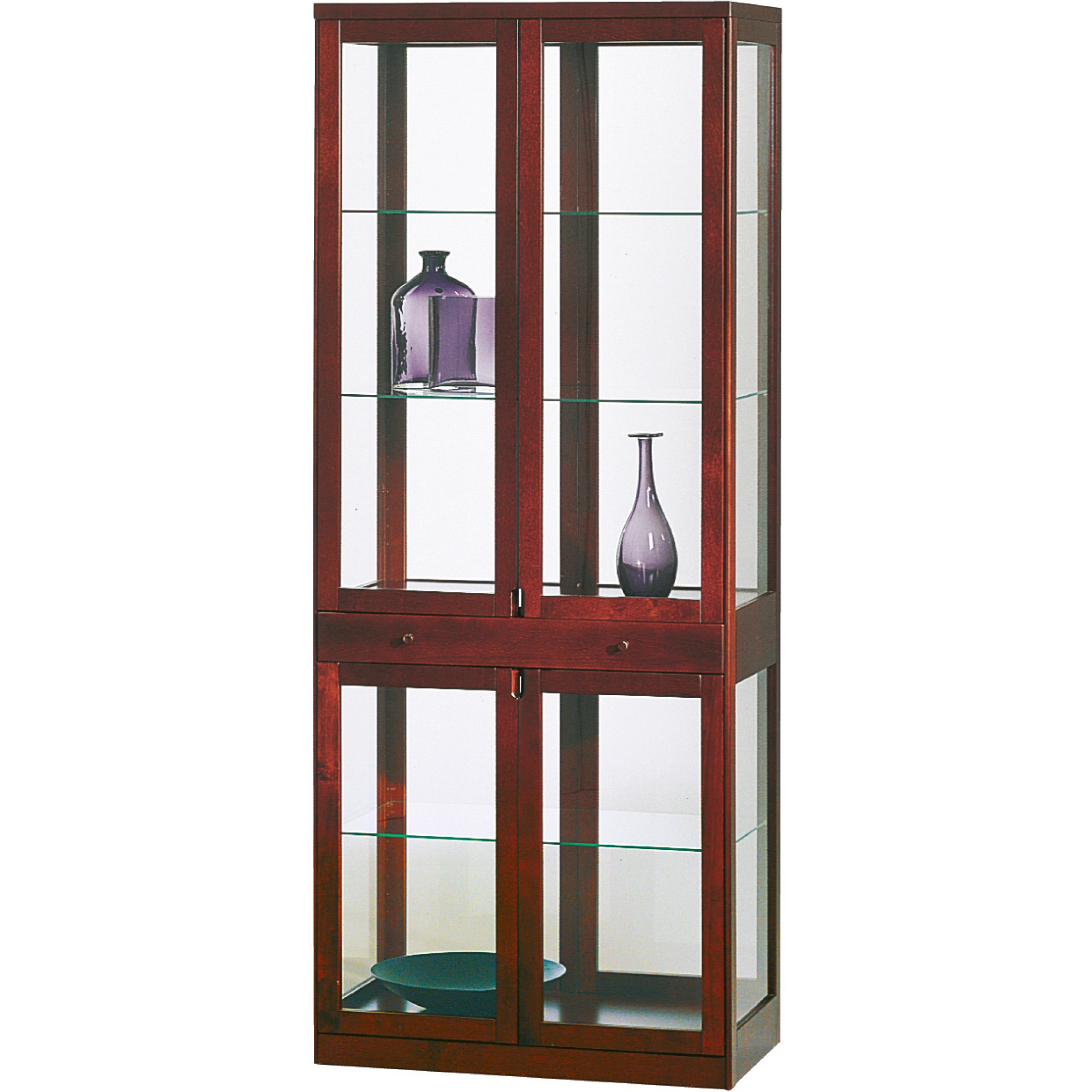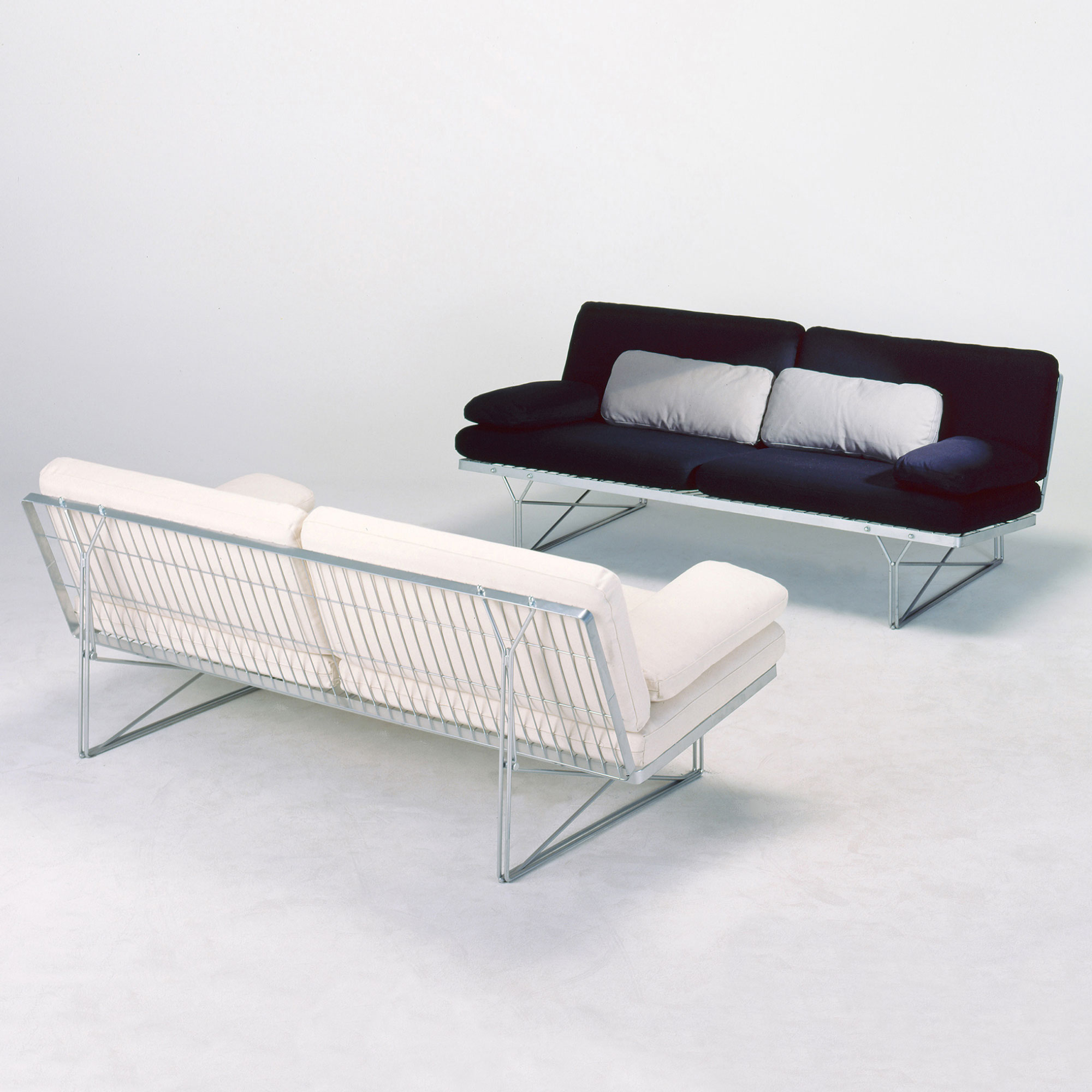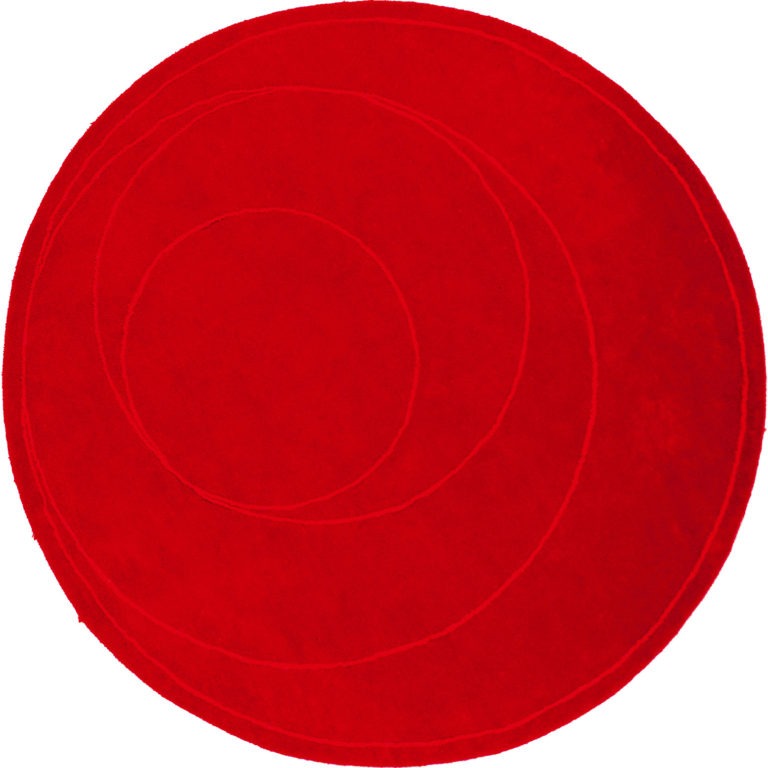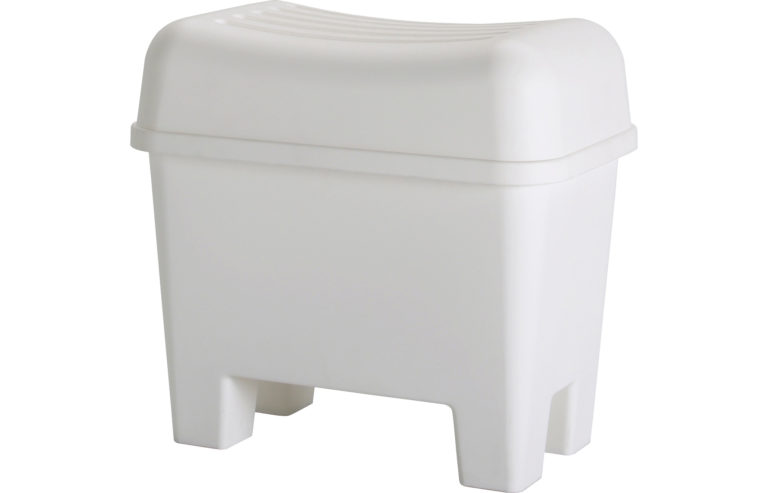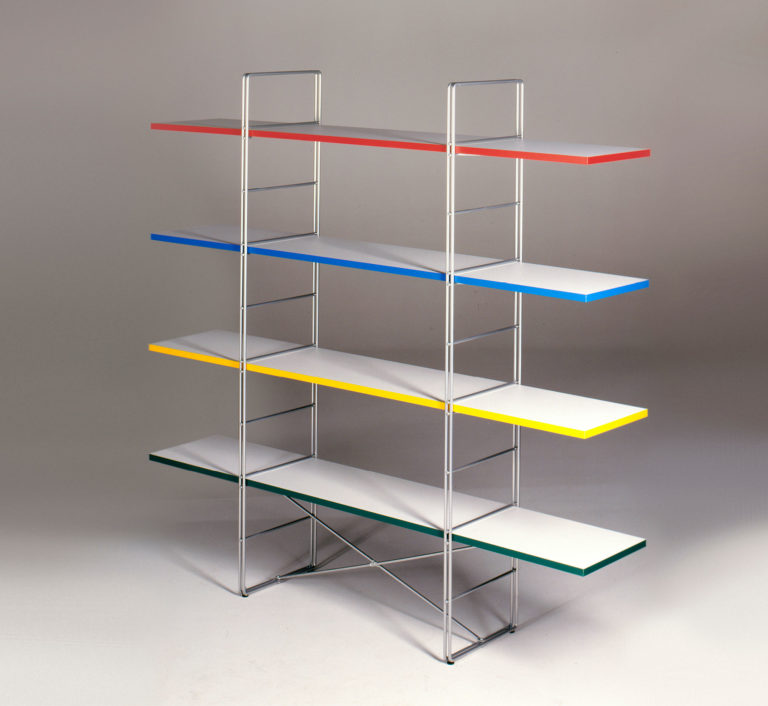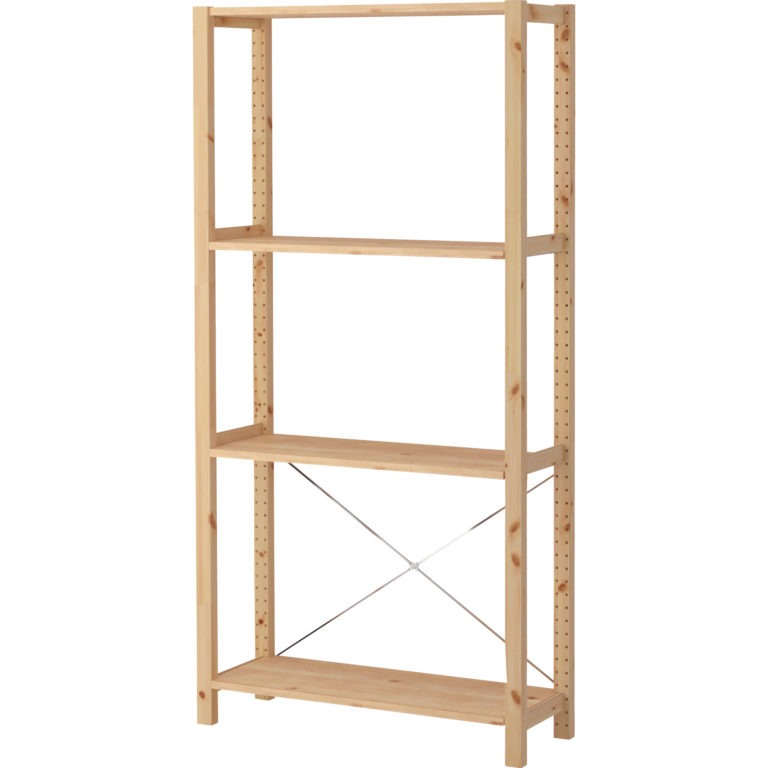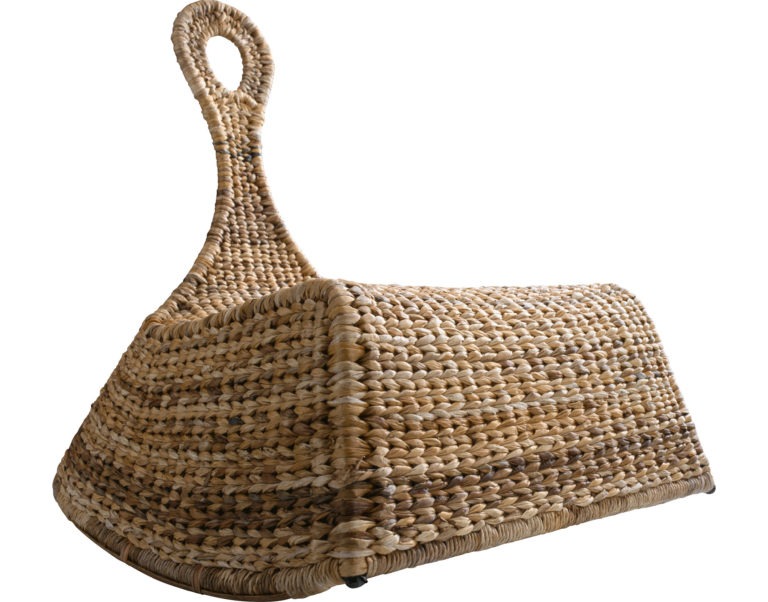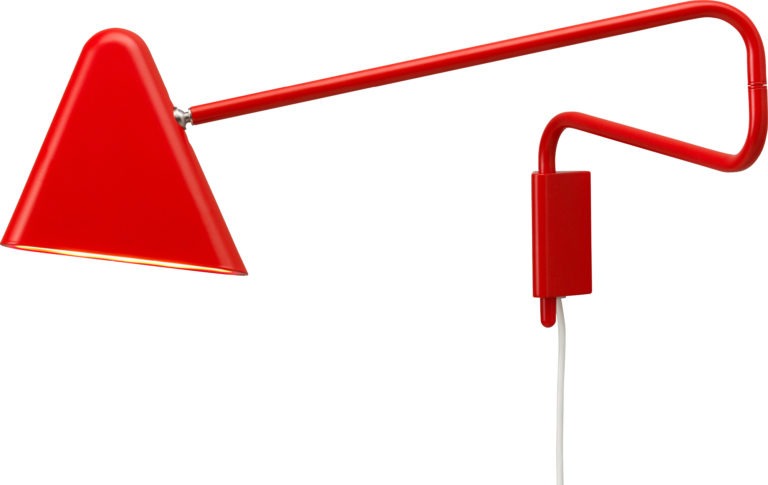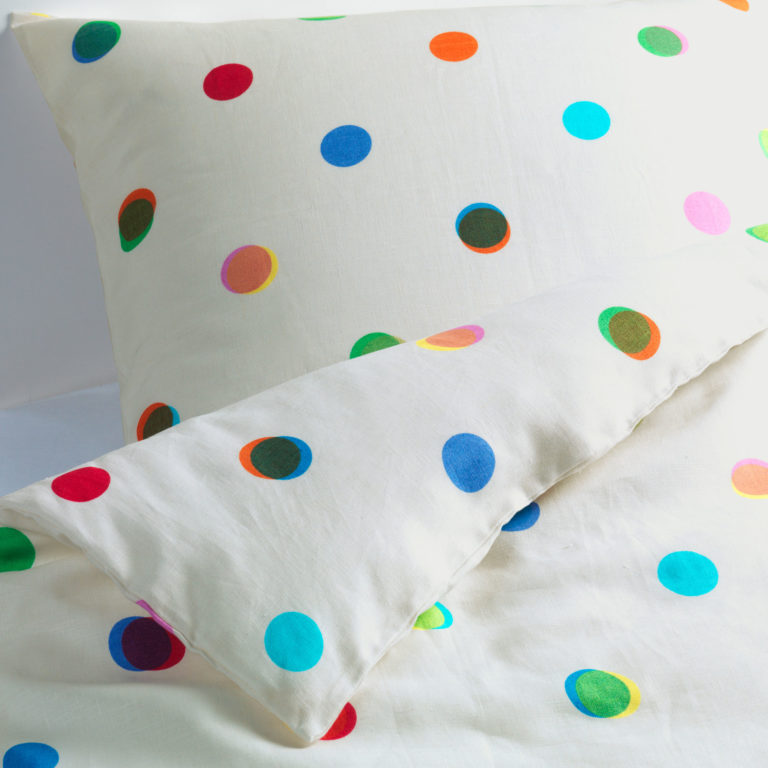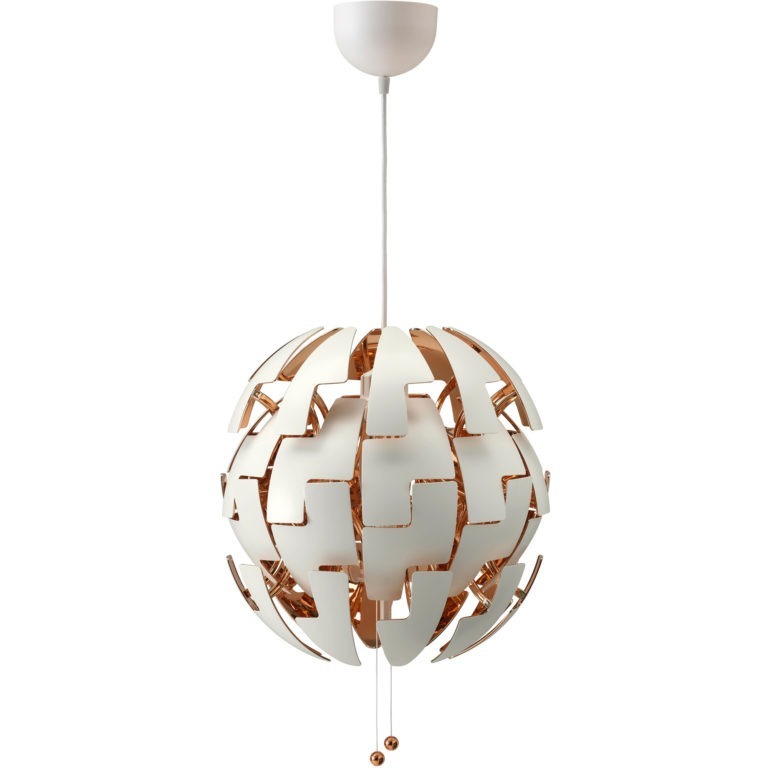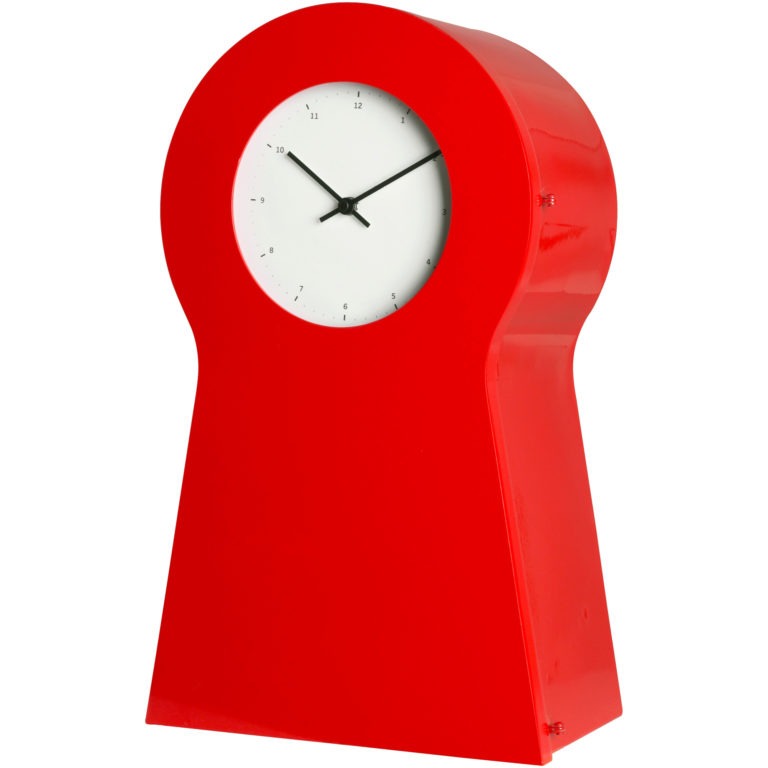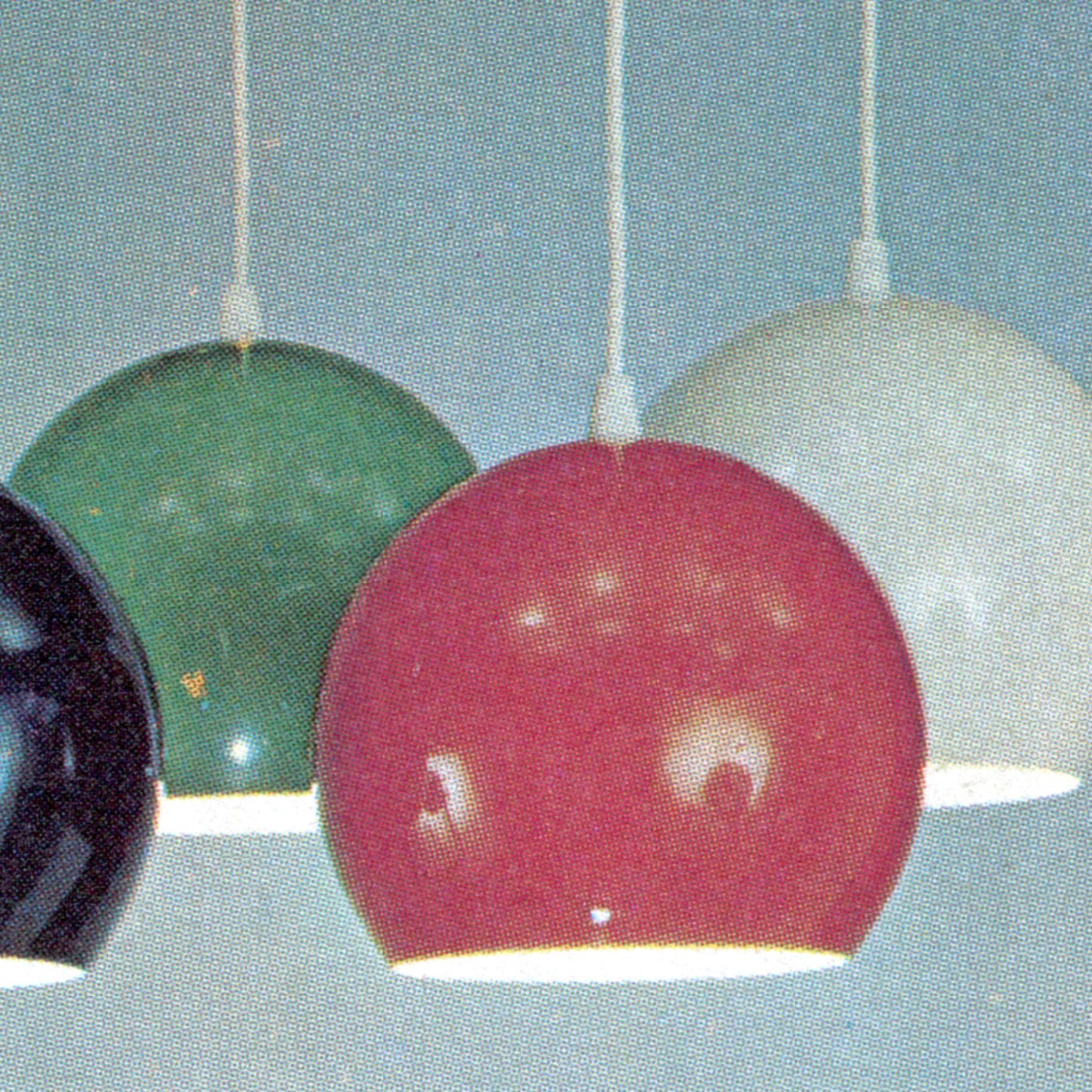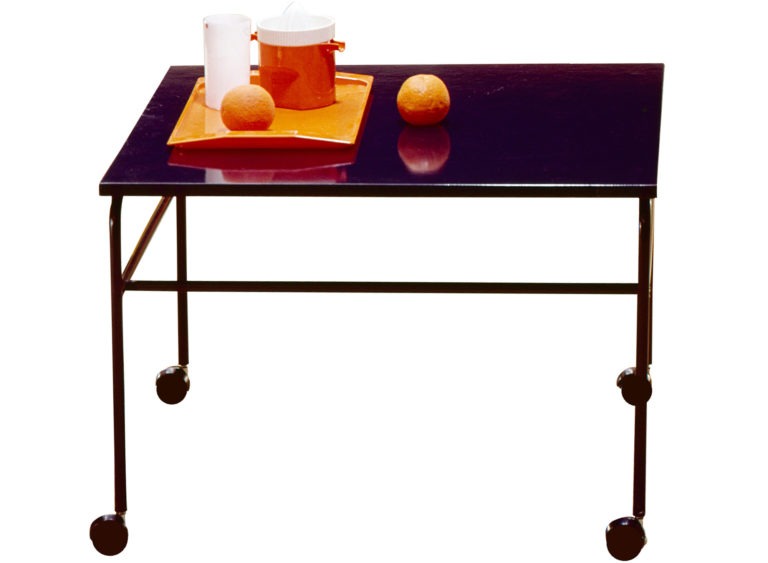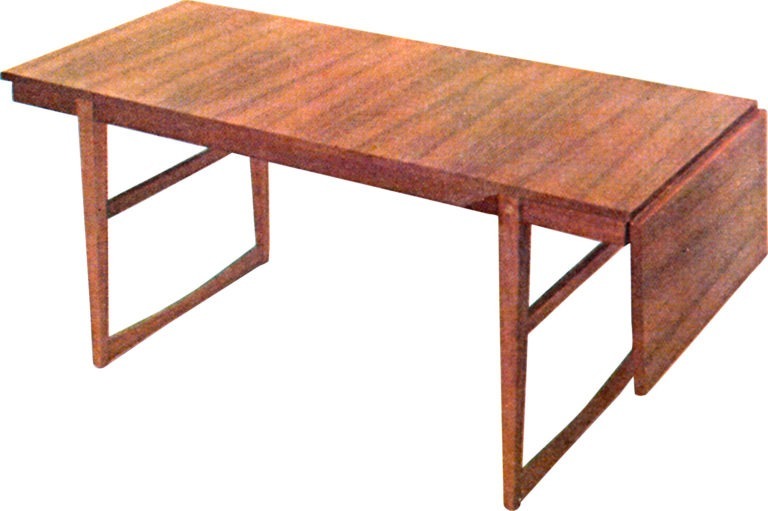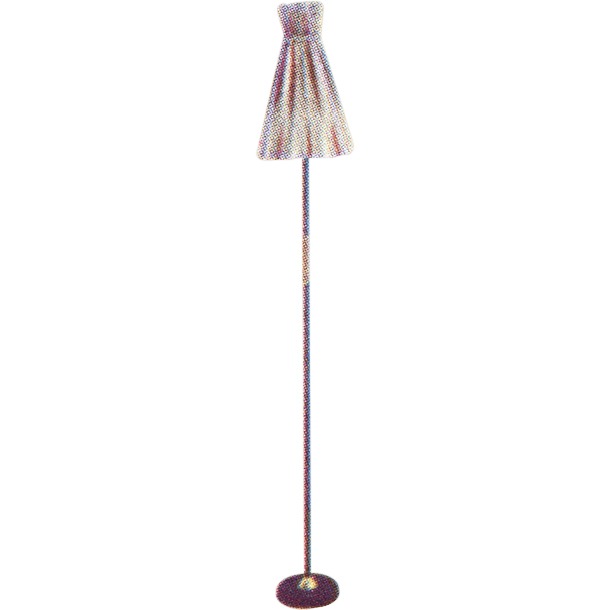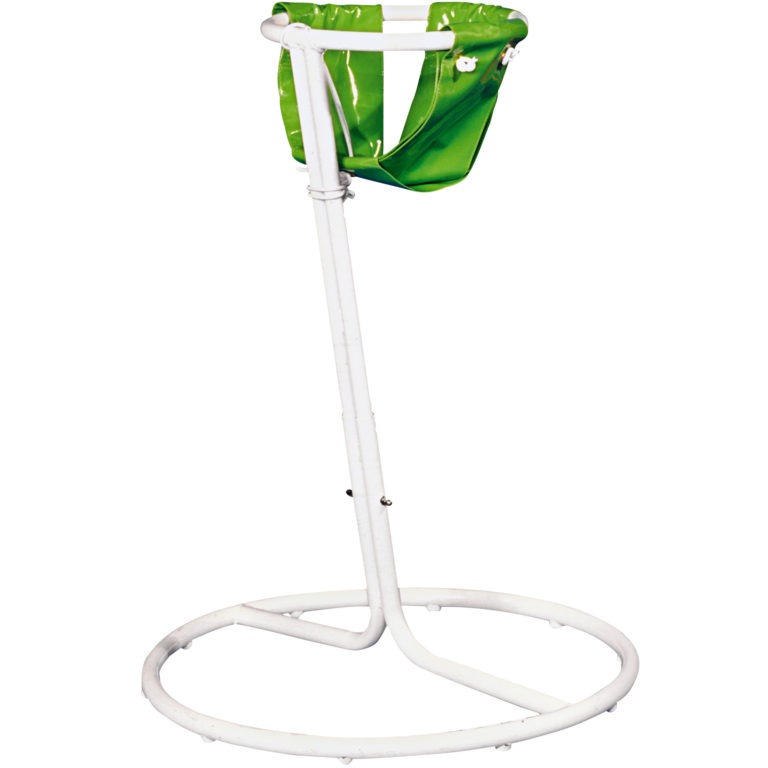STRIX and STRAX were also offered in blue-white, green-white, brown-white and yellow-white. What would become an iconic IKEA pattern looked simple, but bringing this idea to a finished product had been far from easy.
It all started when textile designer Inez Svensson, of design collective 10-gruppen – Ten Swedish Designers, visited then IKEA textile manager Inger Nilsson. They had known each other for years and often bounced ideas back and forth. This time, Inez had brought a sketch of a striped white and orange fabric. Ideally, said Inger, it should be printed cross-striped onto fabric, but no one had managed to print horizontal stripes before – they were woven in the past, as it was considered technically impossible to successfully print them. The stripes would always come out looking crooked and uneven.
“We’ll sort it out somehow,” said Inger, and she set engineers and the supplier to work. Much technical progress and many printing errors were needed before the right technique was found. Both Inger and Inez were very proud of their technical feat, and of STRIX and STRAX making the coveted cover of the IKEA catalogue in 1972. However, when Inger saw the final photo on the catalogue cover, she was not happy. “They had put the cushions the wrong way on the KRUMELUR armchair, so the stripes looked vertical instead of horizontal.”
Despite the catalogue cover not presenting the technical feat of printing stripes in a new direction, STRIX and STRAX became an immediate and long-lasting success. The patterns STRIX, in orange with white lines, and STRAX, in white with orange lines, also made several returns to IKEA, including in the Nytillverkad collection in 2023. Both colourways were now named NICKFIBBLA and came as 50×50 cm cushion covers. The orange-white pattern was also offered in a three-metre pre-cut fabric.
Inez Svensson carried on designing patterns for IKEA for many years, and was a contributing factor to the success of IKEA textiles. She had a way with colourful geometric patterns, and paved the way for a new generation of textile designers and a bolder use of colour and form. As co-founder of textile design collective 10-gruppen, she was also instrumental in transforming the whole industry and the status of textile designers in Sweden.

